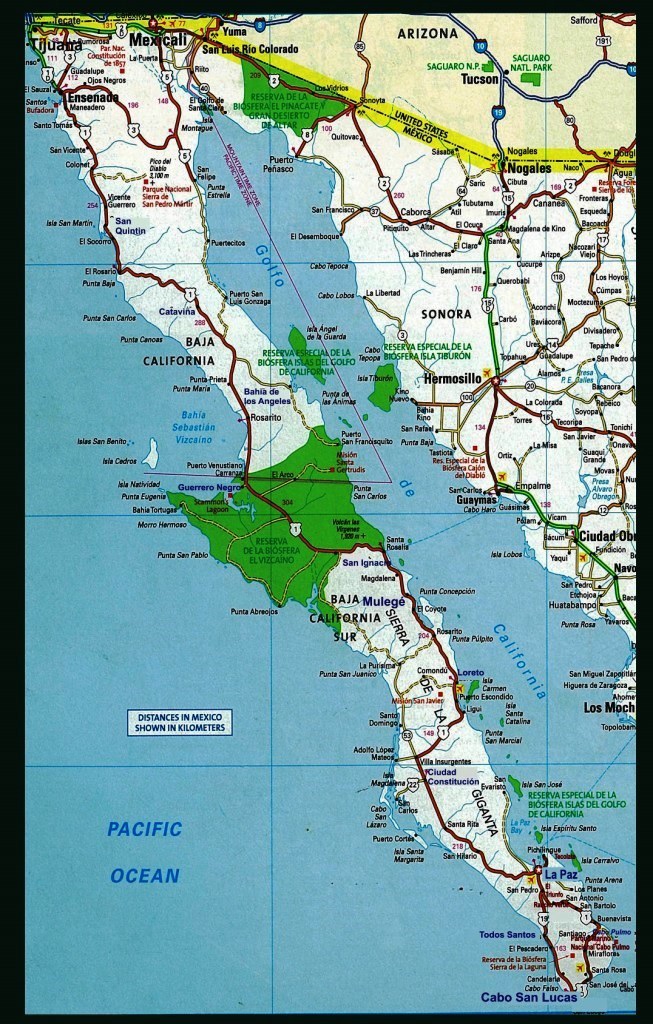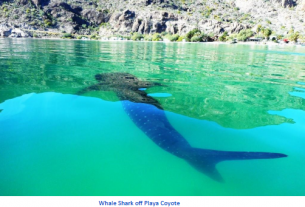By Dan and Lisa Goy on the February 2020 Edition
Baja Mexico Offering Snowbirds adventure for a day, a week or months at a time.
Baja California
“Baja California is a unique, recreational Paradise in the Sun dominated by its 2,000 mile coastline. It pampers the jet set in its cities, hotels and resorts, without the high rise, high tension setting common in other resort areas. Those craving outdoor adventures find a largely undeveloped, beautiful land where escape to another environment and culture is only a step away. Few visit Baja without knowing they have been in a very special place, truly a magnificent peninsula.” Jack Williams, Baja author.
Not surprisingly, tens of thousands of Canadian Snowbirds head south every winter, the majority to the US, the more ad-venturous to Mexico, and some even farther south. Baja California and Baja California Sur (collectively, Baja), Mexico have much to offer for almost every Canadian Snowbird, even for those not so adventurous types. Many Canadians have experienced Los Cabos (the Capes), Cabo San Lucas (Cape St. Luke) and San José del Cabo (St. Joseph of the Cape), very popular destinations for cruise ships and all-inclusive resorts, without even realizing they are on Baja California Sur, Mexico. Even though many Canadians spend the entire winter in and around Los Cabos, this is only the preverbal “tip of the iceberg” of Mexico’s frontier.
Valle de Guadalupe-Wine Country
With great access from Tecate, this can be just a day trip or perhaps an overnighter. Who knew such wonderful Wine Country existed just across the American-Mexican border? Officially referred to as Ruta del Vino de Baja California, this 70 km drive on Highway 3 later puts you in the center of almost 100 different wineries. This region enjoys a Mediterranean temper-ate climate with perfect conditions for growing grapes and making high quality red and white wine. El Valle de Guadalupe is 13 miles from the coast. At an elevation of about 1000ft, the valley benefits from an oceanic condition called “upwelling”. Even though temperatures may reach up to 100ºC in the day-time, in the evening, moist marine air comes flooding in to cool things off. This Wine Country rivals anything you have experienced in the Okanagan, Napa Valley or Niagara Escarpment.
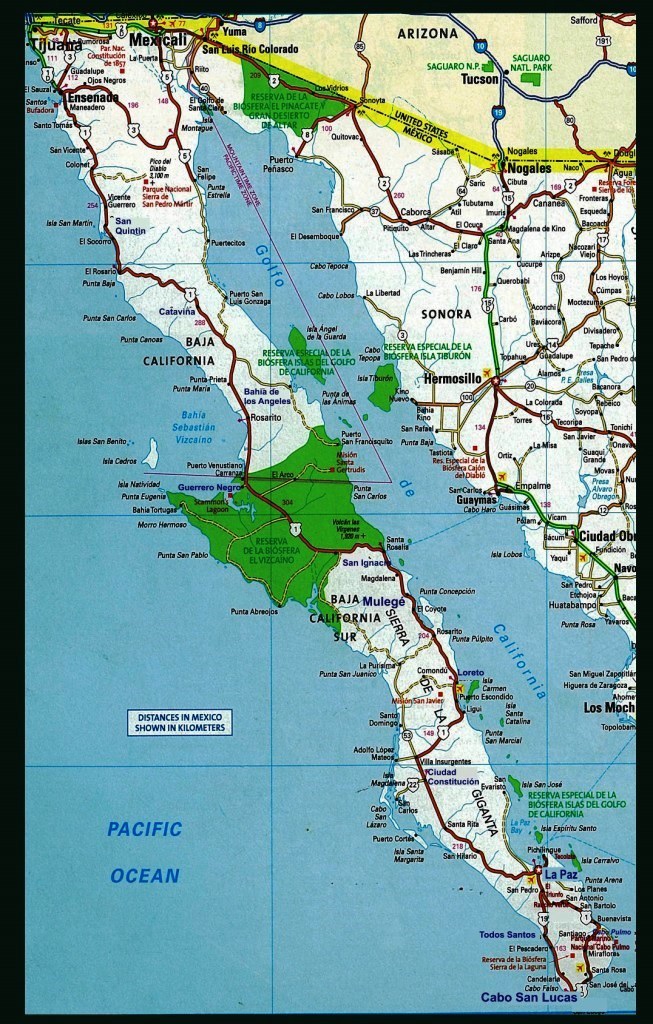
Ensenada
Locally referred to as La Cenicienta del Pacífico, “The Cinderella of the Pacific”, Ensenada is the third-largest city in this northern Baja state and a more relaxing place to visit than the much larger Tijuana or Mexicali. Ensenada has always been very popular with tourists from the north and, in more recent years, has emerged as a cruise ship destination. The old part of town features Hussong’s Cantina, the oldest in Mexico, where the Margarita was invented, that has seen many famous patrons such as Bing Crosby, John Wayne, Marilyn Monroe, Steve McQueen and Ronald Reagan.
This historic area has dozens of shops and restaurants to enjoy and nearby a great fish market, cultural center and art gallery. South of town is Punta Banda and La Bufadora or Blow Hole, the action of this natural feature and gauntlet of vendors makes this a unique experience, well worth the drive. Spending a couple of days in Ensenada not a problem as every kind of hotel, motel and RV park is available.
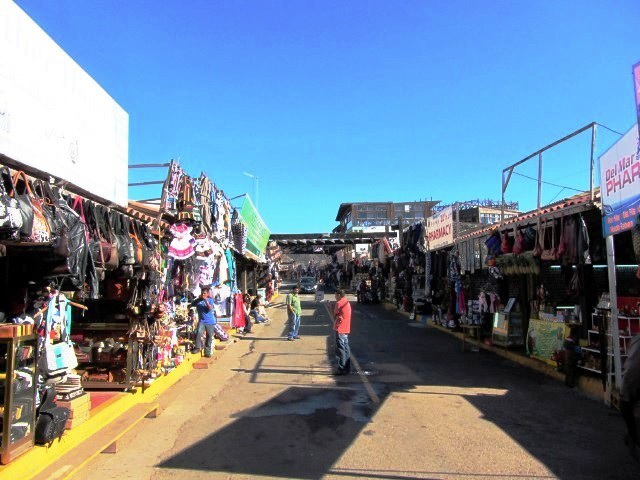
Catavina Central Baja
Located in the center of Baja, at over a 1000 feet, this entire region has much to offer hikers, naturalists, geology buffs and students of cave art alike. The landscape that is nothing less than enchanting includes boulder fields and very unique flora, including cactus such as the Cirios or Boojum. Catavina, and much further south in central Baja, features over 300 cave art (also known as pictographs) locations that were added to UNESCO’s list of World Heritage Sites in 1993. Visiting these prehistoric paintings, estimated to be about 9000 years old, can be as easy as a short 15 minute walk from Hwy 1 or as adventurous as a 2-day mule trip sleeping under the stars.
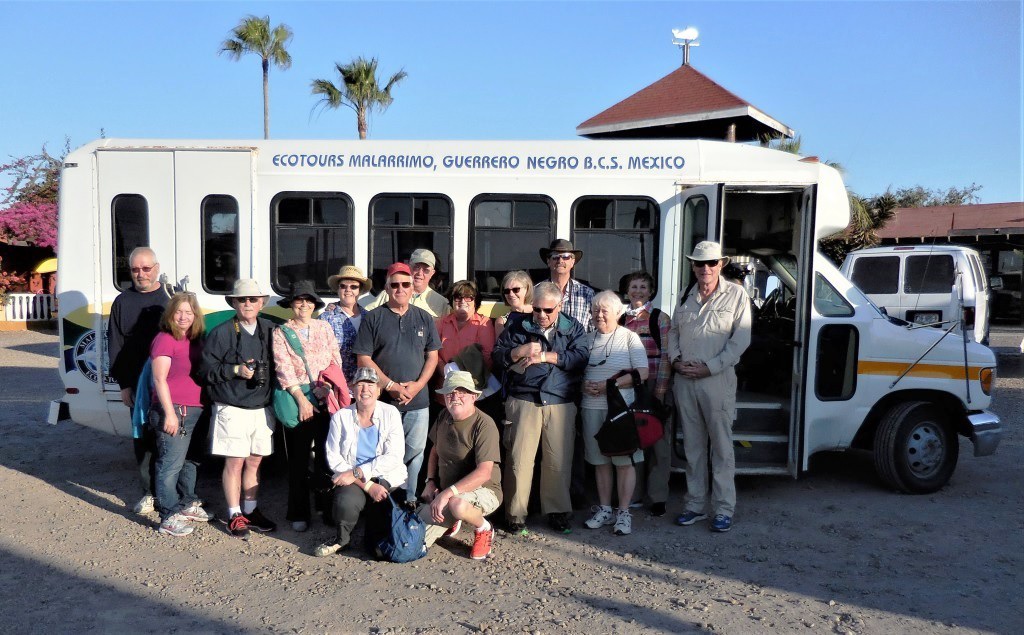
Grey Whales of Guerrero Negro
Guerrero Negro (Spanish for Black Warrior) is all about the whales and, to a lesser extent, salt! There are 3 locations on the Baja to see the Pacific Grey Whales in the winter. In our opin-ion, nothing compares to the experience provided in Guerrero Negro. Beginning in the Bering and Chukchi seas and ending in the warm-water lagoons of Mexico’s Baja peninsula, thousands of California Grey Whales make the round-trip journey each year through 12,500 miles of coastline.
Travelling both night and day, the Gray Whale averages approximately 120 km (80 miles) per day. By mid-December to early January, the majority of the Gray Whales are usually found between Monterey and San Diego, where they are often seen from shore. The animals travel in small groups to the coastal waters of Baja California and the southern Gulf of California, where they breed and the young are born. Whale watching in the salt lagoons is nothing short of extraordinary. Some characterize this experience as breathtaking and a true wonder of the world.
The mothers often push the calves right up to the boats and you can actually touch them, up close and personal for sure. You can take your RV, simply drive and motel it, or engage a bus tour out of San Diego to see this wondrous event. In March of this year, there were over 2,700 whales in Scammon’s Lagoon. Our favourite whale watching company is Malarrimo. They have an RV park, motel, gift shop, convenience store and a great restaurant.
Heroic Mulegé, Hotel Serenidad & Bahia Concepción
Mulegé, a date palm oasis located on the mouth of the Mulegé River on the Sea of Cortez, is the site of the only battle where the Mexicans were successful in preventing the invasion of American troops during the American-Mexican conflict (1846-1848). This sleepy village is very popular with RVers who con-gregate on the many beaches in the Bay of Conception, a short drive south. Other snowbirds have longer-term residences, both in town and in communities throughout the region.

The Hotel Serenidad is a Baja legend, as is the owner Don Johnson, with plenty of clean, affordable rooms at reasonable rates and a great Saturday night pig roast, a Mulegé tradition! Make your way out to Ray’s Place and you are in for a real treat. Lots to see and do in this small village, very comfortable with an equal number of foreigners as locals during the winter.
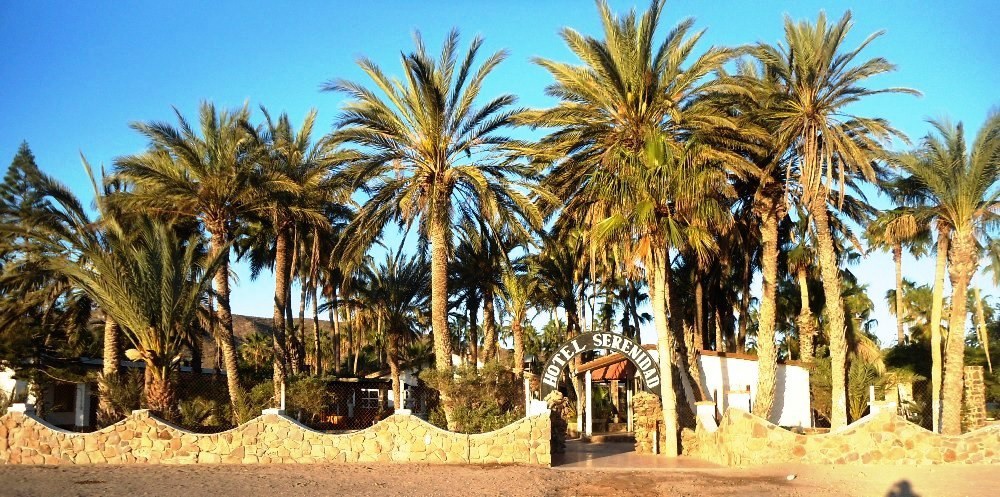
Bahía Concepción lies just south of Mulegé and 625 miles south of the Tijuana border. Bahía Concepción is one of the most beautiful spots in Baja. The bay is just over 20 miles long and varies in width from two to five miles. Over the past 40 years, it has become the final destination for many Baja RV travelers. A lot of seasoned Baja RV travelers simply aim straight for Bahía Concepción with no intention of going any farther. Many first timers arrive and they are absolutely over-whelmed with the beauty and serenity of this area…somehow they just cannot manage to leave, often extending their vacation plans by days or even weeks. The dramatic scenery along the western coastline of Bahía Concepción is the ultimate photo opportunity for almost all Baja visitors that travel this far south.
Loreto; Birthplace of the Californias
Founded in 1697, Loreto was the first permanent settlement anywhere in the Californias, including the US state to the north and was the capital of both Californias for 132 years. Once a sleepy village where summer’s heat made for a laid-back pace for locals and visitors, very little changed until the 1960s when anglers began to learn about the dorado, yellowtail, marlin, sailfish, grouper, rock sea bass, roosterfish and other species being caught there. If you like to fish, this is the place to be. It is also known for great restaurants, a beautiful malecón (beachfront walk), and friendly people.
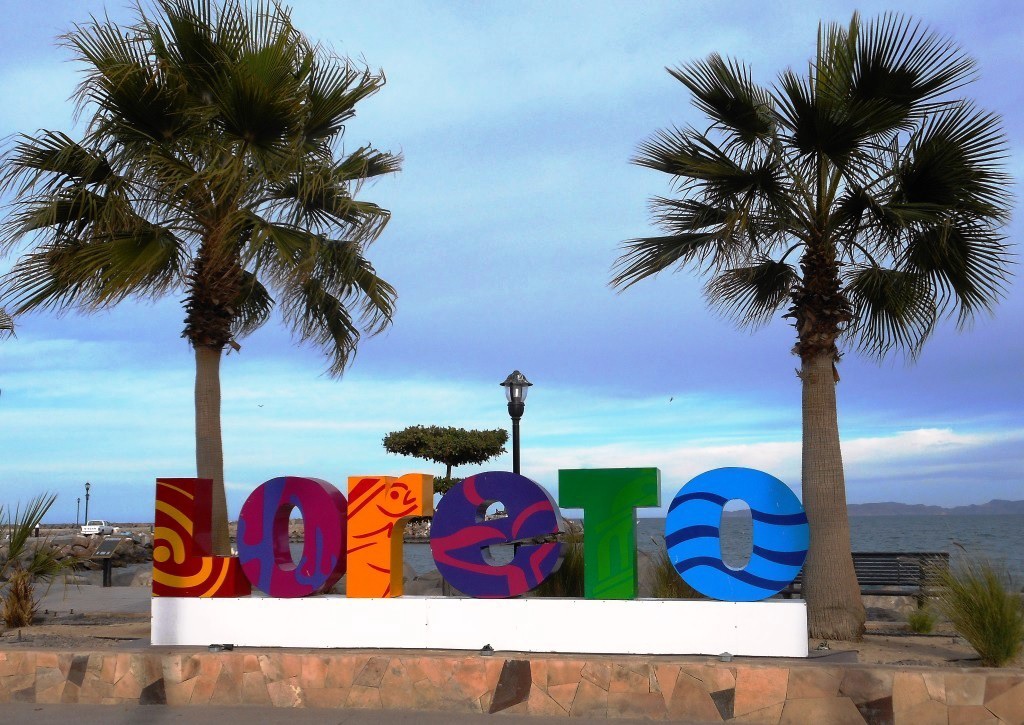
Loreto is also famous for “Nuestra Senora de Loreto” (Our La-dy of Loreto) mission which was the first 17th century develop-ment that began the entire California mission system. The sec-ond of these missions is just outside of Loreto called San Javier. Loreto is very outdoorsy with the centre of town having great shopping for tourists in a kind of market atmosphere. Again, lots of Canadian snowbirds call Loreto home for the winter with easy access and an international airport.
La Paz
Spanish for “The Peace”, La Paz is the capital of Baja Sur and an important regional commercial center, having a metropolitan population of roughly 350,000 because of surrounding towns like el Centenario, el Zacatal and San Pedro. On May 3, 1535, Hernán Cortés arrived in the bay by La Paz and named it Santa Cruz; he attempted to start a colony but abandoned his efforts after several years due to logistical problems. In 1596, Sebas-tián Vizcaíno arrived, giving the area its modern name, La Paz. It was once noted for its black pearls (metallic gray) that were harvested for over 400 years. In the late 1800s, the beautiful abalone shells themselves were harvested and shipped. By 1861, the population was about 800 people and was named a free port and was able to receive foreign goods.
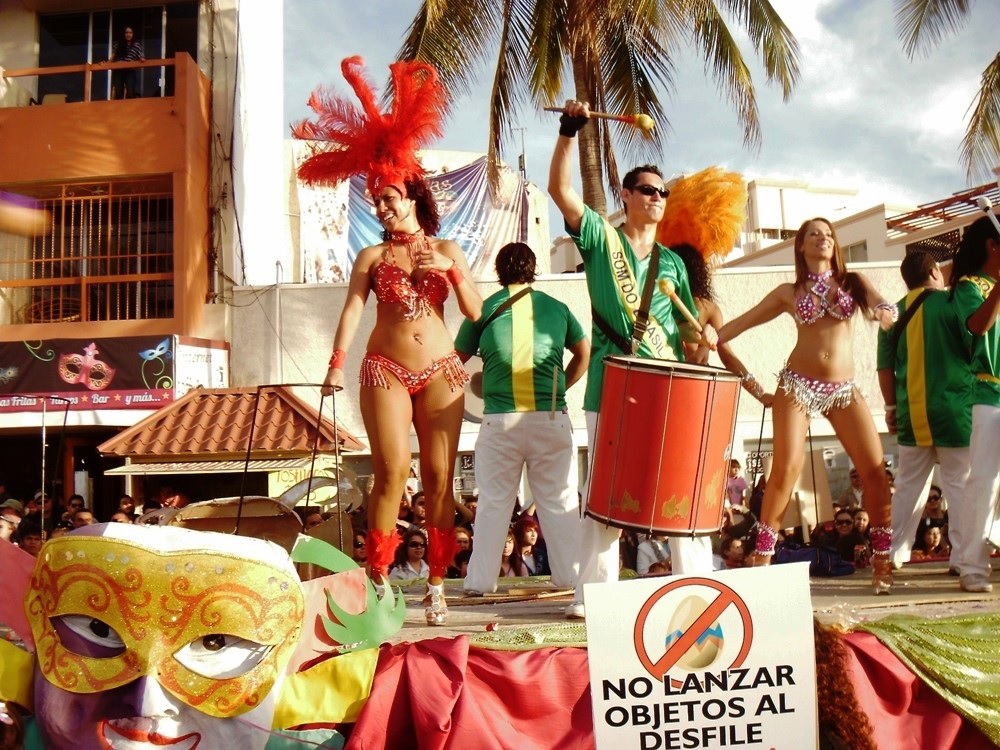
Now Pichilingue is the principal port and ferry terminal for ferries that depart to Topolobampo and Mazatlán on the Mexican mainland. By 1941, the pearling industry had gone entirely, as the pearl oyster disappeared due to overharvesting and dis-ease. Nobel prize-winning writer, John Steinbeck, visited La Paz and based his book The Pearl on his experience.
La Paz is as close to an old-time Mexican City as you can find on Baja and ecotourism is by far the major source of tourism income here as people come to enjoy its marine wonders, as well as its diverse and often unique terrestrial species endemic to the region. Its diving, snorkelling, swimming with whale sharks and kayaking are considered second to none. The Malecón (beach boulevard), Alvaro Obregón, is five kilometres long where you will find the best restaurants, hotels, night clubs, bars and specialty stores.
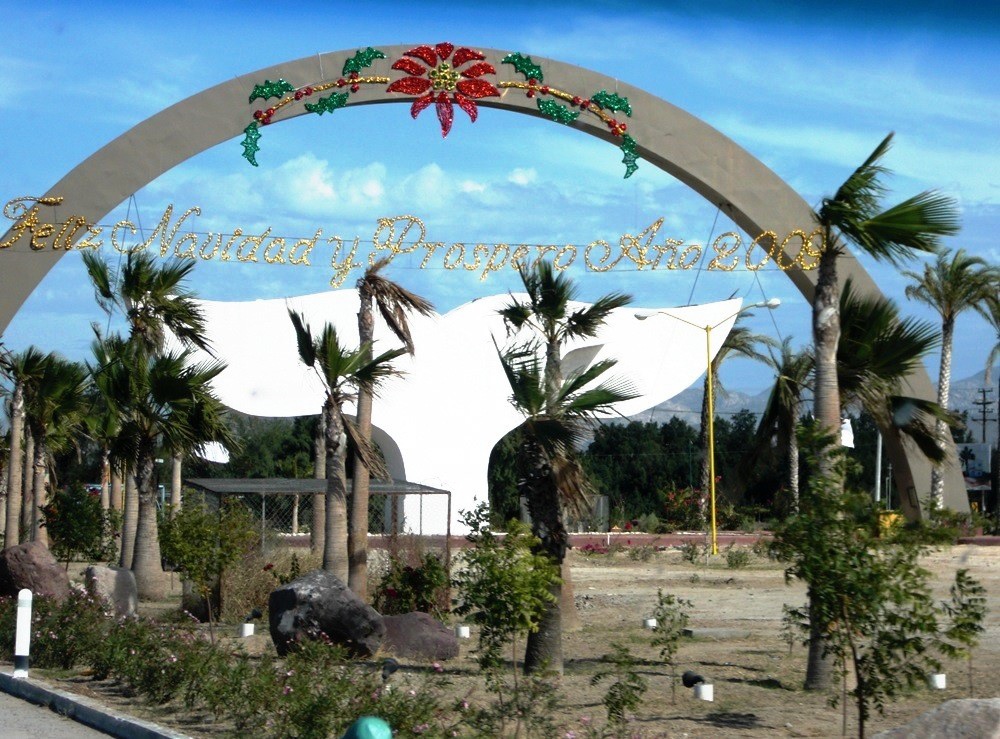
You can take a relaxing walk on its wide and well-illuminated sidewalks; or just simply enjoy its reddish sunsets that include live music on the weekends. The annual Carnival (Carnaval) in La Paz is held usually sometime in February, runs for 5 days and attracts tens of thousands of (mostly) Mexicans but is lots of fun for everyone who attends. We have had the opportunity to visit La Paz during Carnaval and no one has ever been dis-appointed with the Parade that is held every day!
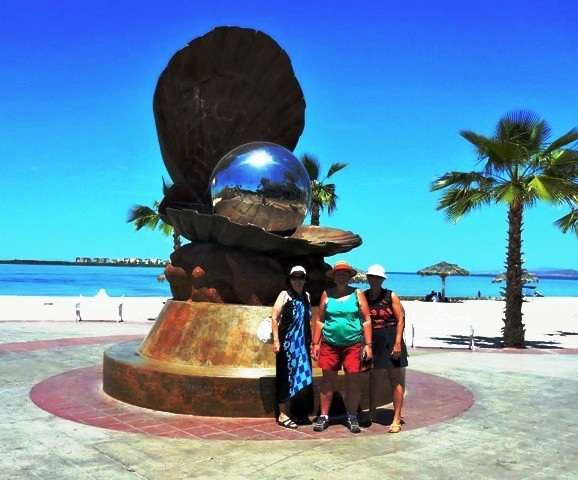
Los Barriles – Wind Surfer and Kite Boarder Paradise, RVs too!
Los Barriles is located in Baja California Sur, on the Sea of Cortez coast, about halfway between La Paz, the capital of Baja California Sur, and Cabo San Lucas. It’s a small town of around 5,000 residents, half of which are ex-patriots. Los Barriles is part of The East Cape region that comprises the entire eastern Sea of Cortez of the Baja peninsula from Punta Pescadero, just north of Los Barriles, south to the eastern edge of the new marina in San José del Cabo. There are a string of small settlements and villages including Santiago, La Ribera and Cabo Pul-mo within the East Cape region. There are several RV parks in Los Barriles. Baja Sunrise is the favourite for our groups.
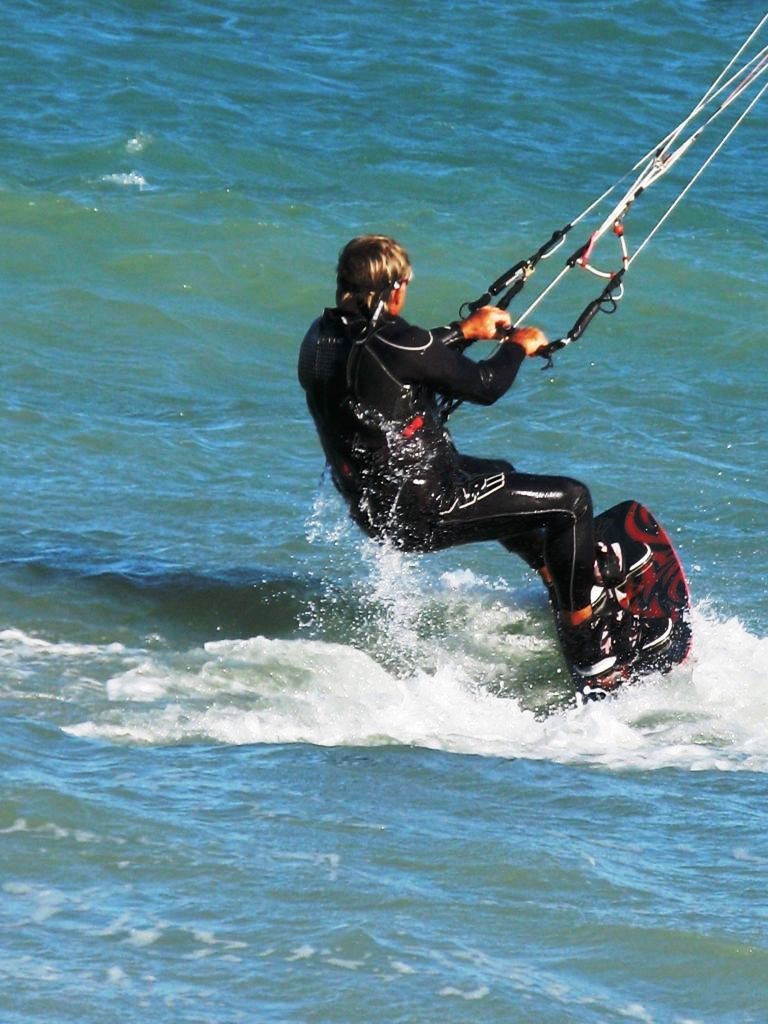
Todos Santos and Hotel California
Spanish for “All Saints”, this coastal oasis village was initially founded as a Mission, in 1724, and emerged as a major sugar-cane producer. In addition to The Hotel California, a favorite stop here because of the name association with the song made famous by “The Eagles,” Todos Santos has long been special with the mission Nuestra Señora del Pilar de La Paz, founded by father Jaime Bravo in 1723, as well as its theater, cultural center and museum that are often open to the public and tour-ists all year round.
This village hosts both an Art Festival and a Film Festival annu-ally during the winter and there has been a gradual increase in tourist activity and a boom in real estate development. Todos Santos is replete with handicraft shops, owner-operated art gal-leries, upscale restaurants and boutique hotels. A favourite for us is Casa Bentley, a real treasure owned and operated by our friend Robert Bentley.
This is but a glimpse of what Baja California Mexico has to offer any snowbird.
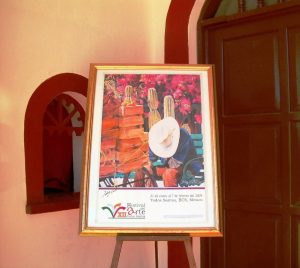
Below, happy hour on Playa Médano, Cabo San Lucas
Dan and Lisa Goy own and operate Baja Amigos RV Caravan Tours and have been camping and touring in Mexico since 1985. http://www.bajaamigos.net
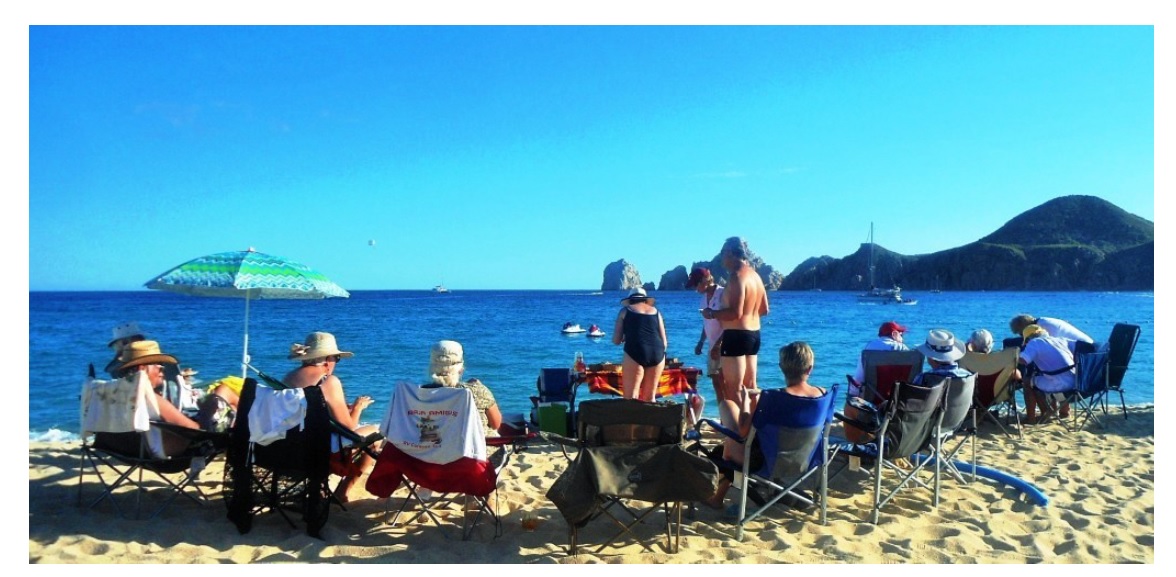
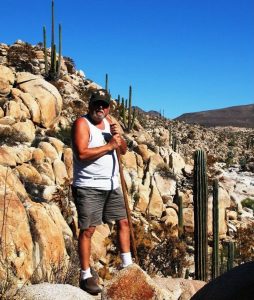
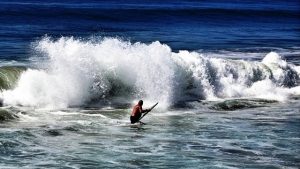
The full edition or view it online
Dan and Lisa Goy, owners of Baja Amigos RV Caravan Tours, have been making Mexico their second home for more than 30 years and love to introduce Mexico to newcomers.
